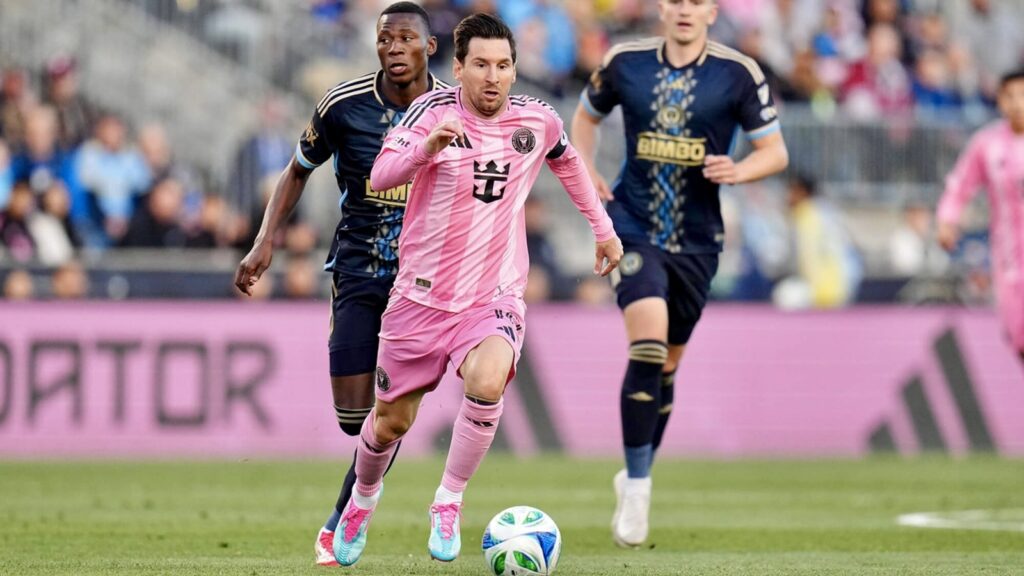Major League Soccer is in an interesting phase of transition from its official incorporation in 1996. While international stars came in and investment saw exponential growth, matters have now started to shift away from domestic prominence to international recognition. The 2025 FIFA Club World Cup edition to be held in the United States will see 32 of the finest clubs globally competing. The cases for Inter Miami and Seattle Sounders have already been decided in favor, with a third berth possibly on offer for another American side. However, one big question looms large. Can an MLS team really go toe-to-toe with international giants?
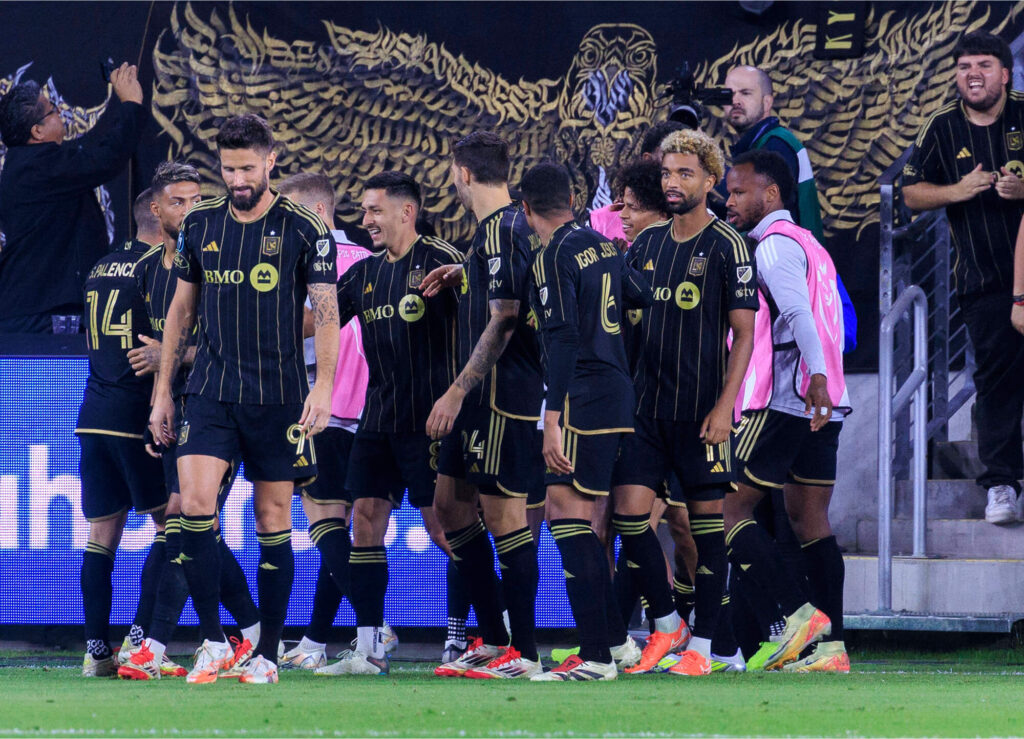
Will an MLS Team Join the Tournament?
Yes, perhaps even three. Inter Miami qualified by virtue of winning the Leagues Cup in 2023, while the Seattle Sounders secured their berth through winning the 2022 CONCACAF Champions League (CCL). The third spot is open for grabs for the winner of the decider between México’s Club America and MLS’ LAFC. So, there is a really big possibility that three American clubs might be representing MLS at the tournament.
The Club World Cup brings MLS into a very rare category. European giants like Real Madrid, Manchester City and Bayern Munich will be joined in the expanded Club World Cup by elite clubs of South America, Asia and Africa. This presents a rare chance to assess American soccer with the best in the world, and that too in their home country.
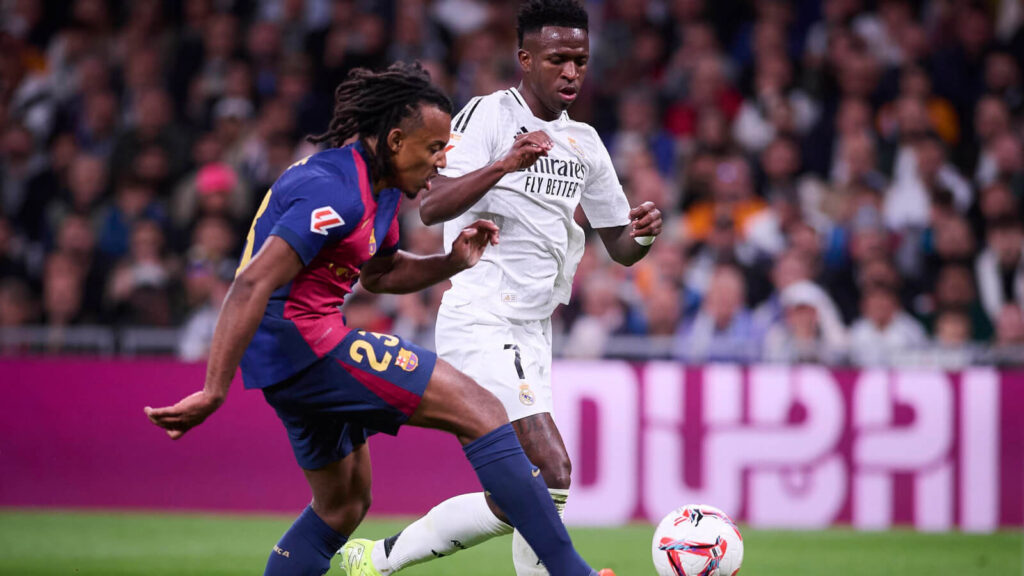
How Past Teams Have Performed
In the past, CONCACAF Champions League champions have not fared well in the Club World Cup. Mexican teams, who dominate the CCL by a wide margin over the course of decades, have reached as far as second place (Tigres UANL in 2020) and third place (Pachuca in 2017 and Monterrey in 2012 and 2019). MLS has only recently started to break through.
The Seattle Sounders were the first club from MLS to capture the new CCL in 2022. But the pandemic-postponed Club World Cup delayed their entry until early 2023 and lasted briefly with a 1-0 defeat to Egypt’s Al Ahly in their first match.
It was despite the premature exit that their qualification brought a revolution. It demonstrated that MLS clubs could win over two legs against Liga MX clubs and hoist the continental title. But it also indicated how much more there is for them to do on the world stage.
Strengths and Weaknesses
Strengths:
1. Star Power. MLS teams now have serious talent. Inter Miami inked Lionel Messi, Sergio Busquets and Jordi Alba, names that carry more than just experience – a champion’s mindset. Teams such as LAFC, Atlanta United, and Seattle spend big on marquee players as well.
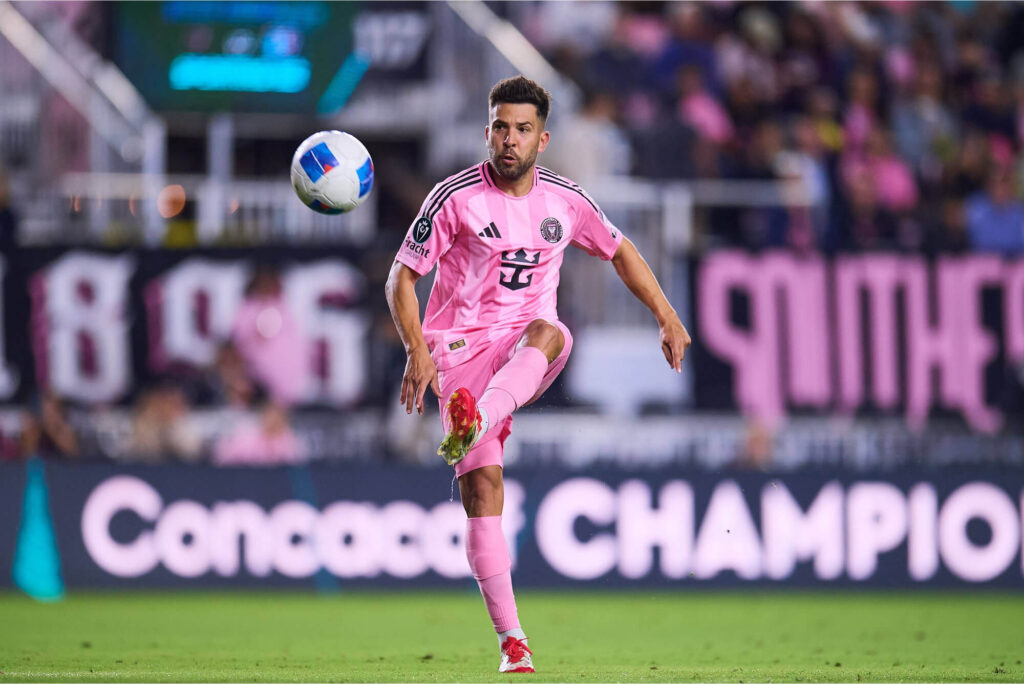
2. Home Advantage. Since the Club World Cup is hosted in the U.S., MLS clubs will not have to cover long distances or change time zones and climate. Familiarity with local venues and crowd support could be a huge lift.
3. Enhanced Infrastructure. MLS training centers, sports science units and youth academies are closing the gap with their European counterparts. Clubs are spending more on data, nutrition and tactical development than ever before.
Weaknesses:
1. Salary Cap Constraints. Unlike their European counterparts, MLS teams have roster-construction constraints in place with the league’s salary cap and the Designated Player system. This constrains the overall depth and versatility of sides compared to deep squads such as Manchester City or Bayern Munich.
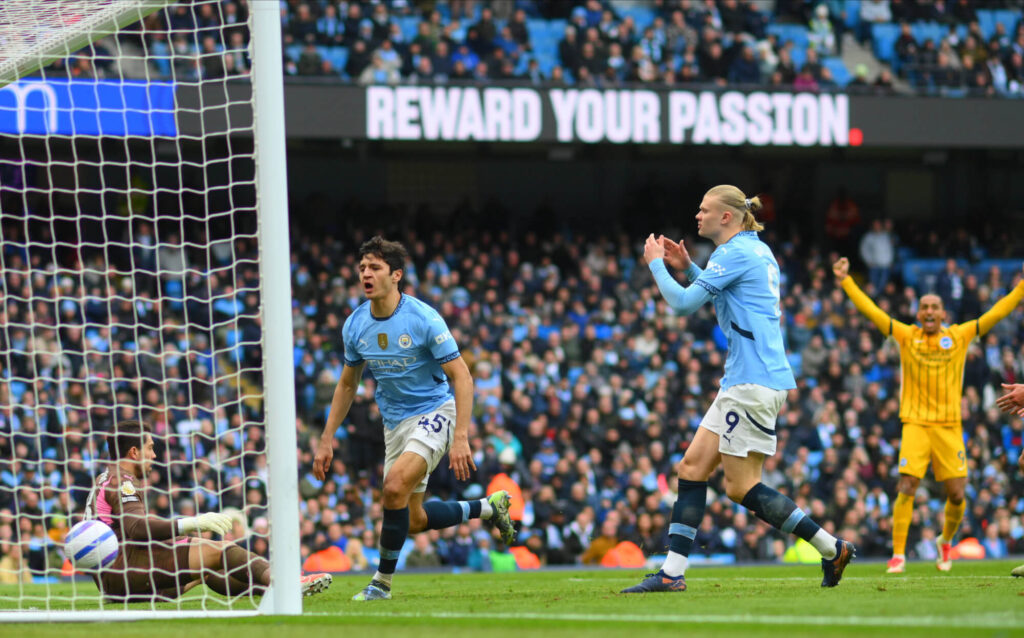
2. Limited Global Exposure. With the exception of some stars, the vast majority of MLS players have not competed in top-level, high-stakes international competitions. Experience is valuable in brief knockout tournaments, and this is one domain where MLS clubs fall short.
3. Schedule and Timing. MLS uses a spring-to-fall schedule, whereas most top tier global clubs operate from fall to spring. What that means is that MLS clubs might be playing the Club World Cup at the start of their offseason or preseason, and that places them in a disadvantageous position relative to match fitness and rhythm.
What It Would Take to Win
For an MLS team to make a deep postseason run or even win the Club World Cup in 2025, a number of things would have to go right.
1. Depth in Squads. Challenging Europe’s finest means having a deep and well-balanced squad. Injuries, suspensions, and tiredness can easily ruin a campaign. MLS sides have to create benches capable of replacing their starting XI without a great loss of quality.
2. Tactics and Game Plans. Most of the leading teams today employ extremely technical, pressing-style football. To be successful, an MLS team will require coaches to map out flexible game plans, adapt well during games, and maintain their teams’ discipline under duress.
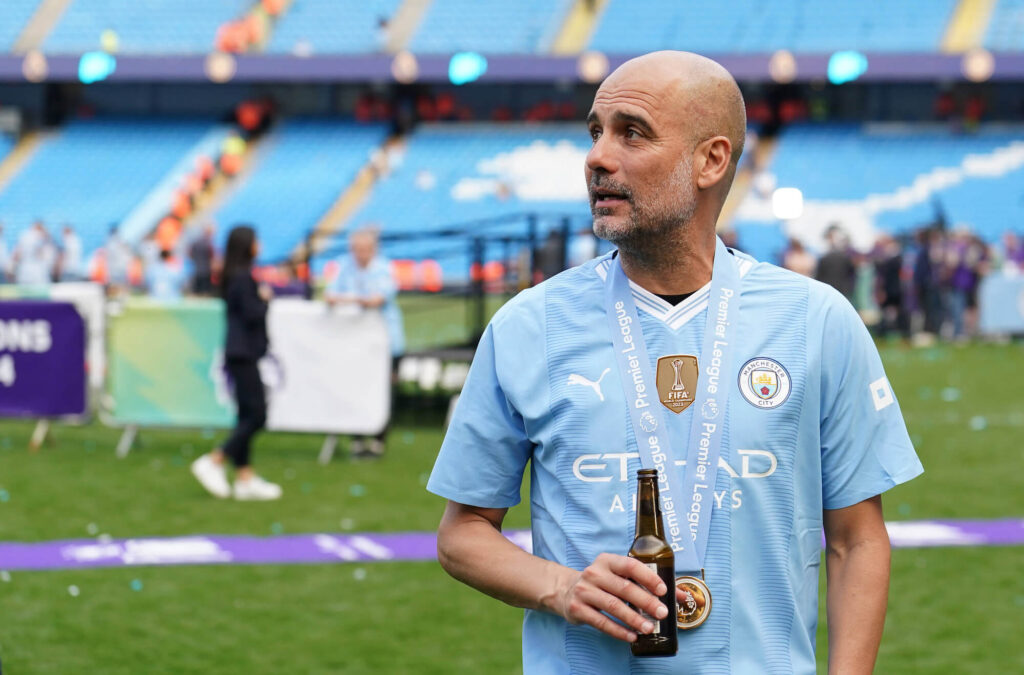
3. Experience and Leadership. Experienced players who have played in tournaments – such as Messi or Suarez – will be key in coping with pressure and in establishing benchmarks. Teams require leaders on the pitch to dictate tempo, to manage emotions and to motivate teammates when the pressure is applied.
4. Getting the Mental Edge. Confidence is key. MLS squads have to enter the tournament thinking they can compete and win. Past results indicate they’ve closed the gap, but killer instinct and belief in themselves will be critical.
5. Clever Utilization of the Transfer Window. Before the tournament, teams have to sign smartly. Acquiring veteran overseas players or keeping contributing players through the offseason window may make a difference between finishing top in the group stage and going to the semifinals.
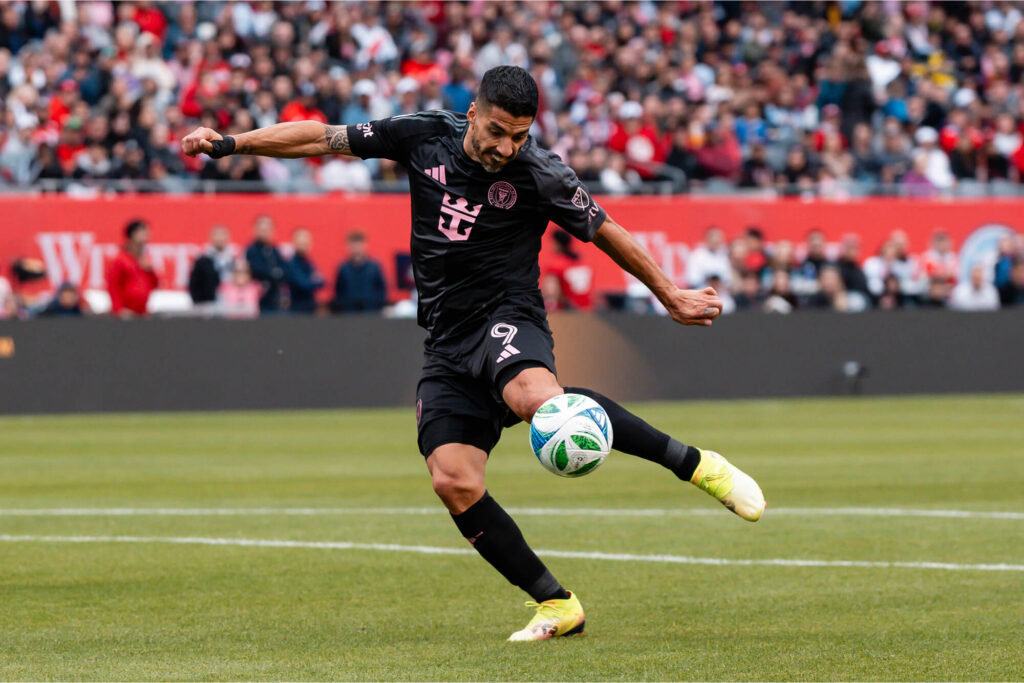
What’s at Stake for MLS
The 2025 Club World Cup is more than mere bragging rights—it’s a branding opportunity for MLS.
1. International Respect. Victory in the tournament has the potential to alter the perception of MLS internationally. A strong run would demonstrate that American soccer is not merely a retirement center for superannuated stars but a serious player in international football.
2. Fan Engagement. Nothing energizes fans more than international competition. American soccer fans—some of whom support European clubs too—would identify with a homegrown underdog facing behemoths. It could increase fan allegiance and even draw casual viewers.
3. Talent Development. Playing against top-level opponents offers valuable lessons. Young American players can accelerate their development by playing against the best. Coaches and front offices can also sharpen their game plans for upcoming international excursions.
4. Commercial Growth. World-level success would potentially create new opportunities for sponsorships, TV contracts, and merchandise sales. It would also make MLS teams more attractive to play for, as it would entice better players to try themselves at the top level.
5. Pride and Legacy. Organizing the enlarged Club World Cup is a historic chance. For MLS clubs, this is their opportunity to write their names into history books worldwide and ignite a sustainable soccer legacy in the United States.
The Road Ahead for MLS
Can an MLS team compete in the 2025 Club World Cup? The answer is: they can, but it won’t be easy. With Inter Miami and Seattle Sounders already in, and another U.S. team likely to join them, American clubs have a shot to prove their progress. Success will depend on preparation, depth, and belief. The world will be watching, and if an MLS team can rise to the occasion, it could change the trajectory of American soccer forever.
